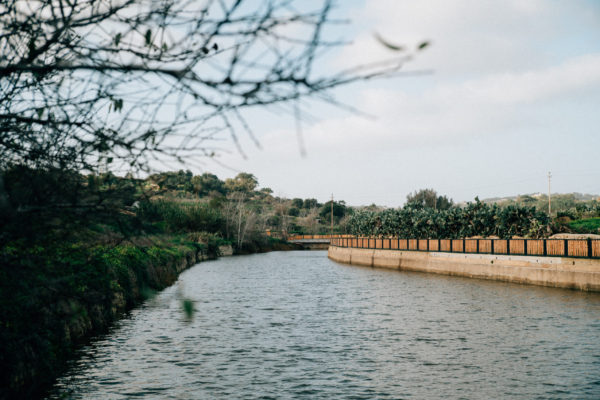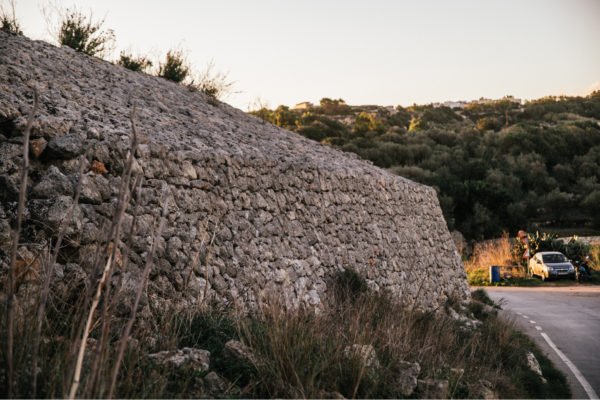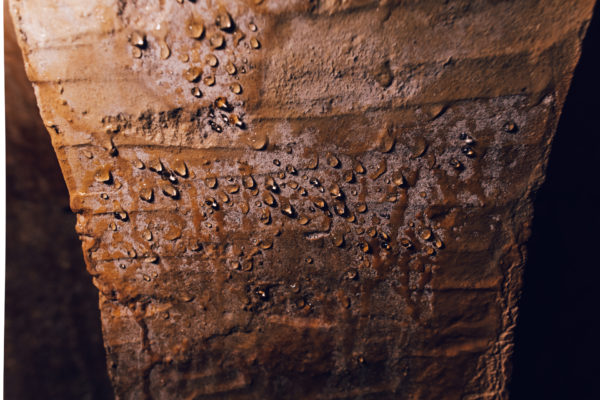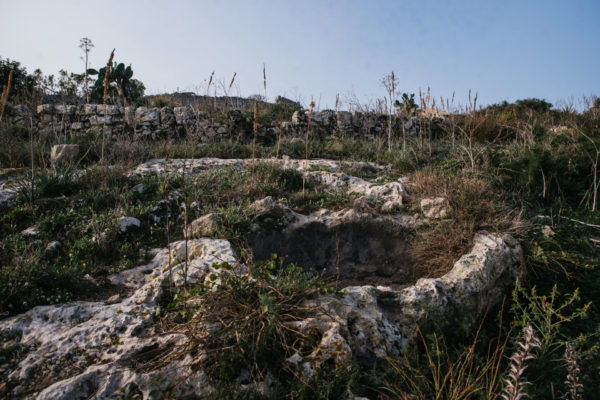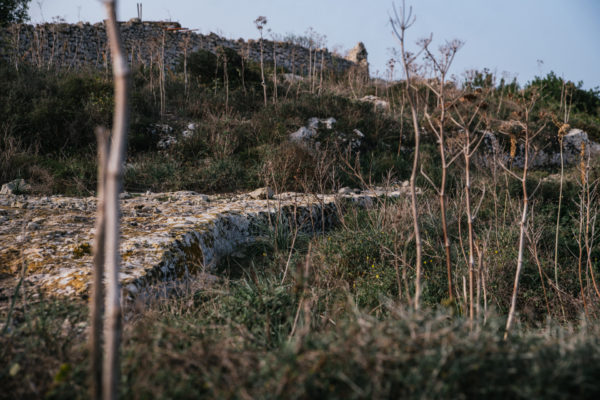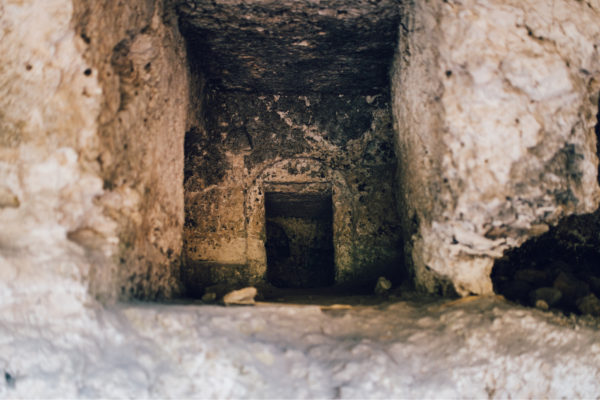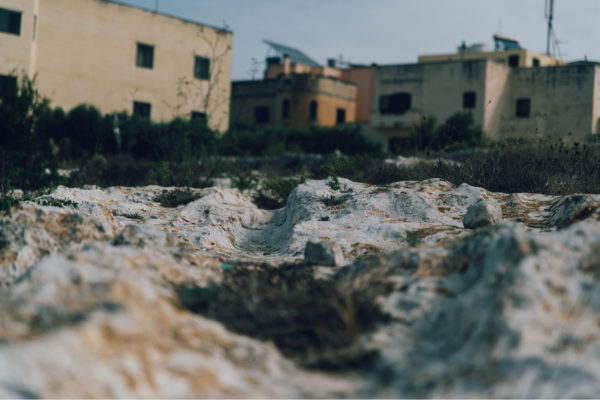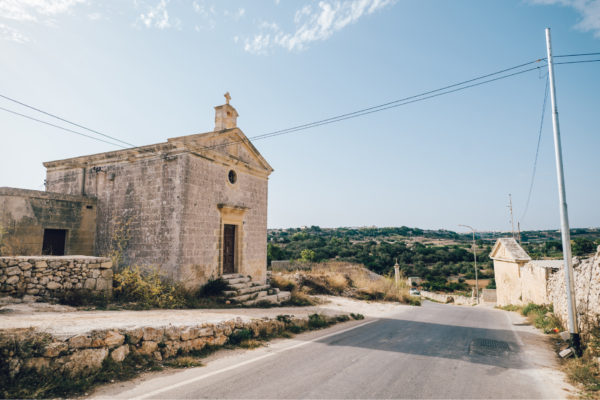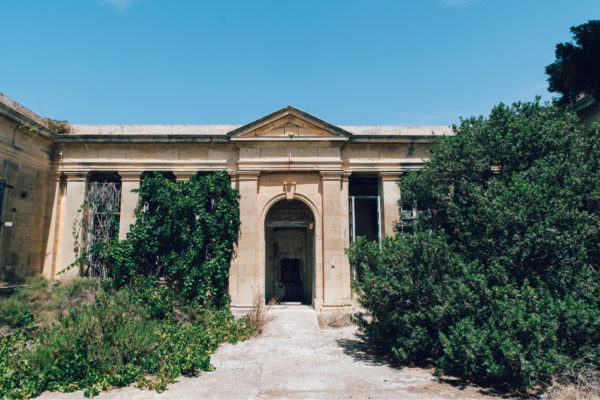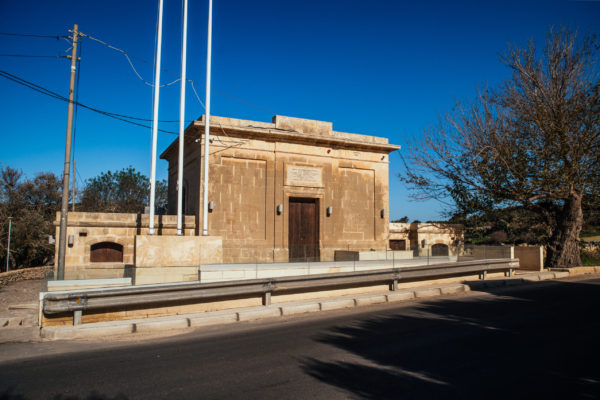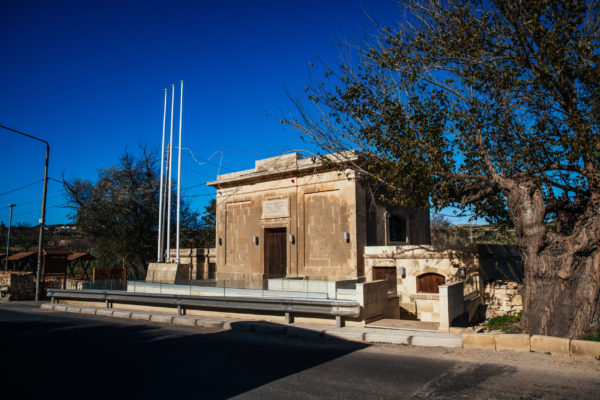
The western marsh harrier is large bird of prey native to Eurasia and Northern Africa. The name ‘Circus’ and ‘aeruginosus’ are derived from the Greek language and refers to the circling flight nature of the bird and the rusty colour it has.
The marsh harrier which is recorded in the Maltese islands is the subspecies Circus aeruginosus aeruginosus. It is from 44 to 55 cm in length and has a wingspan of 110 to 125 cm.
It is rather bulky and broad winged, males weighing around 400 to 650 g, while females weigh from 500 – 800 g.
The male harrier is reddish-brown in colour with light yellow streaks conspicuous on the chest, with head and shoulders of a pale greyish-yellowish colour. On the other hand, the female is chocolate-brown in colour with a light yellow head, throat and shoulders. The juveniles are similar to the female, generally having less yellow colour especially on shoulders.
Like others harriers, the marsh harrier’s habitat is generally associated with wetlands, open habitats such as farmland and grasslands, and border marshland. It characteristically hunts by gliding low in search of its prey holdiong its wings in a V-shape formation and often with dangling legs while in search of small mammals and birds, insects, reptiles and even frogs.
It can be seen on migration in the Maltese islands when it is fairly common in spring from late February to early June, either alone, or in small groups.
It can also be seen in autumn from September to October, in small numbers. Most of the marsh harriers can be seen soaring and circling, with its characteristic wings in the shape of the letter V.
The marsh harrier is protected in the Maltese islands in line with the EU Bird Directive.









